Despite there being 2,000 plant species in the Begonia genus, rex begonia managed to earn the nickname King Begonia. Not only because it’s popular but also because many of its cultivars earned the Royal Horticultural Society’s Award of Garden Merit.
These vibrant plants, though, didn’t just capture the heart of the Royal Horticultural Society but also the hearts of several plant owners worldwide. I mean, how can you not fall in love with its pink and green leaves?
If you’re also one of us who can’t get enough of this beautiful plant, here’s a care guide that will help you keep it as vibrant as possible!
Rex Begonia General Information


Scientific Name: Begonia rex
Common Name: Painted-leaf begonia, Rex begonia
Genus: Begonia
Family: Begoniaceae
Plant Type: Perennial
Native Habitat: Vietnam, Northeastern India, and Southern China
Preferred Environment: Moderate temperature with high humidity
Blooming Period: Summer to winter
Mature Size: 12 to 24 inches tall
Toxicity: Toxic to most pets
Begonia rex, more commonly known as Painted-leaf begonia or rex begonia, is a flowering plant from the Begonia genus. The plant is native to Vietnam, India, and China, but is now cultivated in almost every corner of the world.
It’s one of the most popular house plants worldwide. Although it produces beautiful pink flowers, it’s widely loved for its vibrant, multicolored leaves and easy-to-care-for nature.
Taking Care of a Rex Begonia
What soil is best for rex begonias?
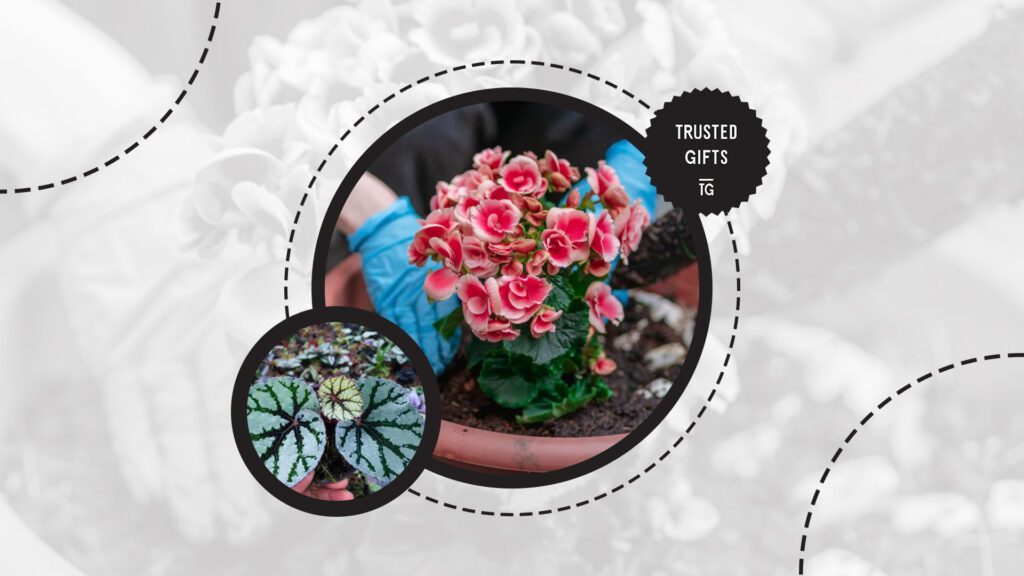

Rex begonias do best in airy, fast-draining, nutrient-rich soil with a slightly acidic pH. It’s ideal to keep the soil at a pH of around 5.7 to 6.4 to make sure the plant can get the most nutrients from the soil.
A lot of peat-based soil mixes are typically suitable for rex begonias since they can maintain moisture without turning soggy. Plus, they’re usually slightly acidic, which rex begonias love.
How do I make my own soil mix for a rex begonia?
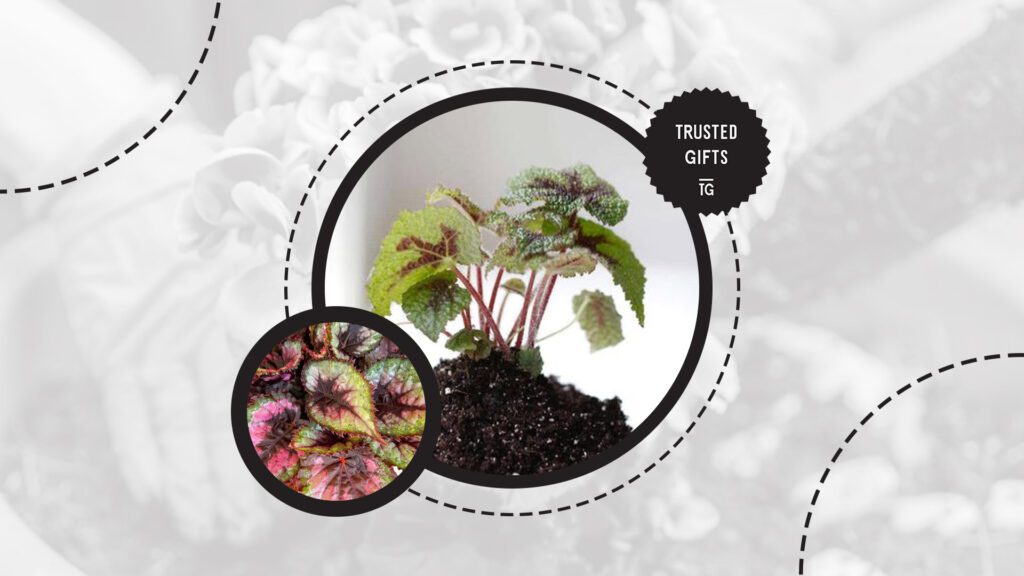

To make your own soil mix for your rex begonia, you can follow this recipe:
- 50% loam soil
- 25% peat moss
- 15% perlite
- 10% vermiculite
Unlike clay, loam soil is less likely to clump together, but it also doesn’t drain as fast as sand. It provides a perfect balance between drainage and water retention, which is important for rex begonia plants.
Peat moss and vermiculite both help retain more moisture in the soil without impairing its draining ability. Along with perlite, they create small air pockets in the soil where both water and air can flow freely.
How often should I water my rex begonia?
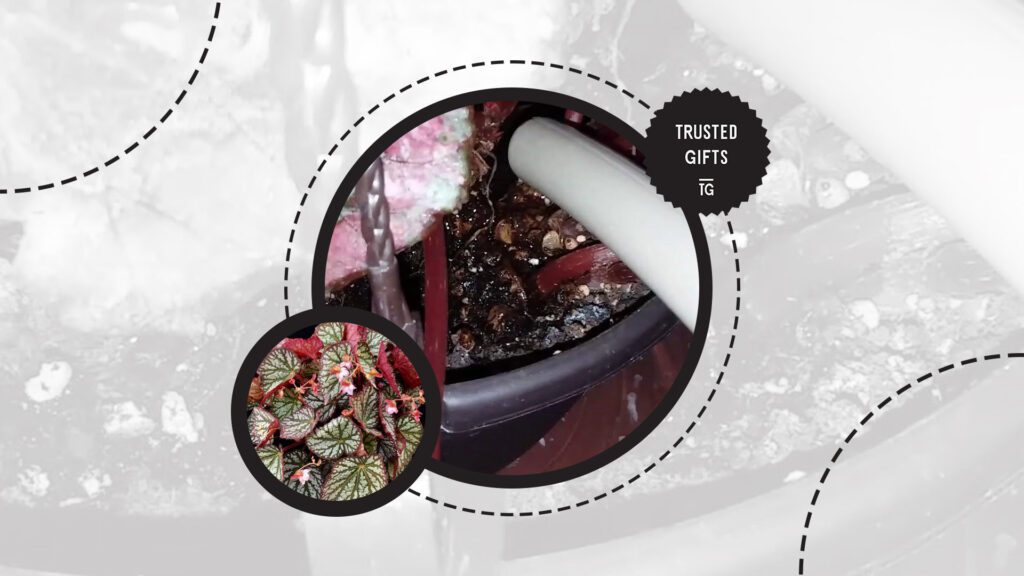

The general rule when watering rex begonia is only watering it when the top inch of the soil is already dry to the touch. This is typically once every week, but it can vary based on the specific conditions of your home.
During warmer months, you can expect to water your rex begonia more since it’s growing, and evaporation is also a lot faster. The opposite will happen in winter as the plant enters a dormant stage.
Do rex begonia plants need sun or shade?
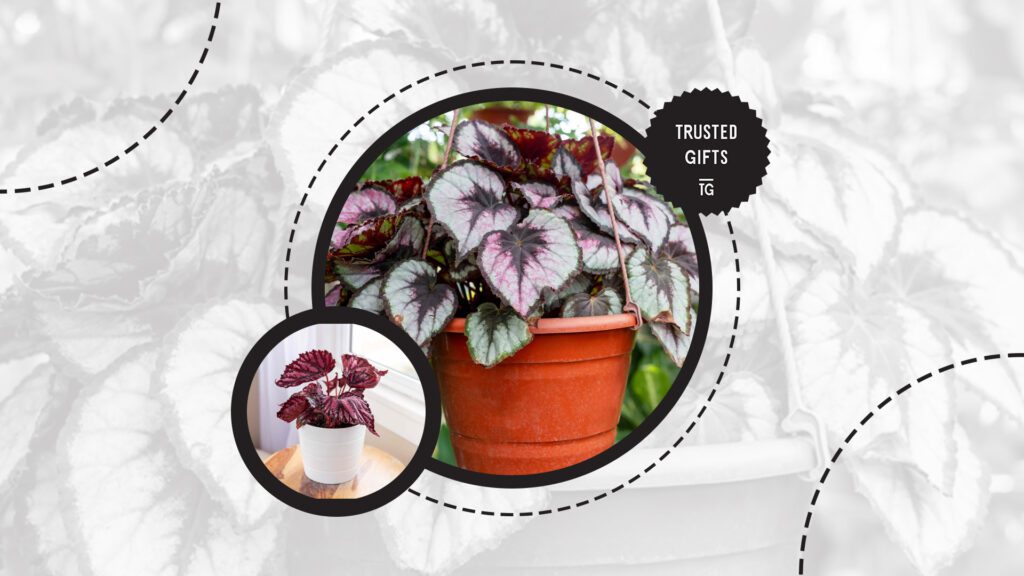

Rex begonias are semi-tropical plants that are native to places that receive plenty of light. Hence, you need to provide them with bright, indirect light if you want to maintain their bright foliage.
The north and East-facing windows of your home are typically the best locations to place rex begonia plants since they receive lots of indirect sunlight.
If you want them on your south or west-facing window, place a sheer curtain first or place the plant about four feet away from the window.
What temperature is recommended for a rex begonia?
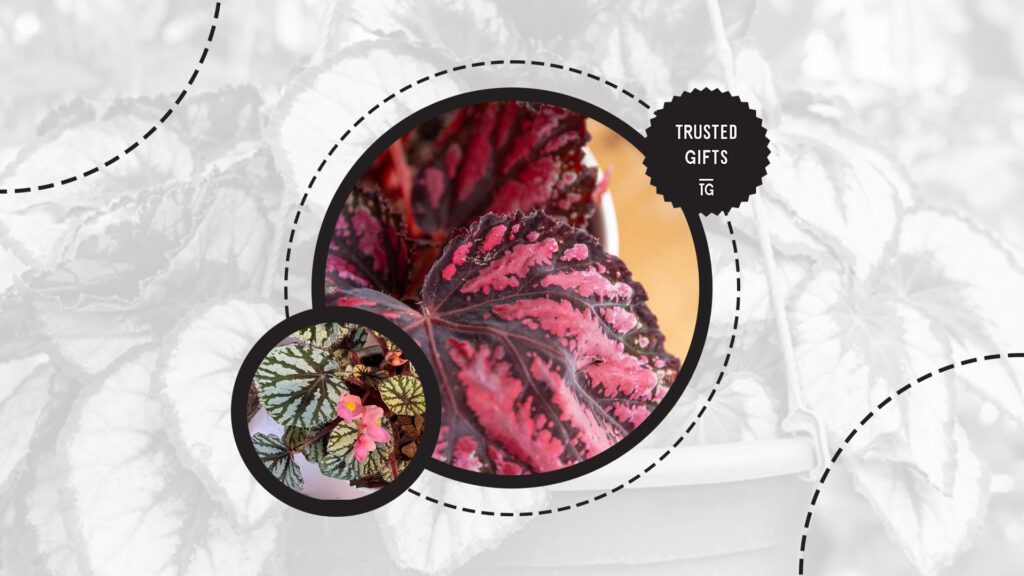

Rex begonia plants thrive in an environment with moderate temperature. It’s recommended to keep your home’s temperature at around 60°F to 70°F to avoid stressing your rex begonia.
They can typically tolerate cool temperatures but may not thrive as well and even enter a dormant stage. Freezing temperatures and drafts can be detrimental to their health and kill them.
What humidity level is recommended for a rex begonia?
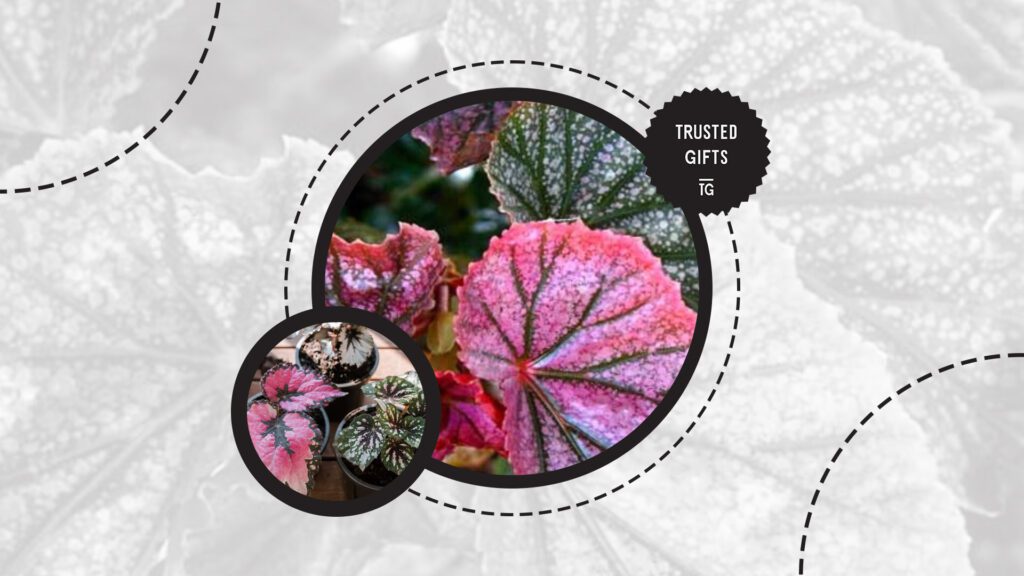

Like most plants that grow in subtropical countries, rex begonia does best in high humidity, about 50% or higher. However, normal home humidity of around 40% can still be a great environment for them to grow.
If you live in a relatively dry place, you can add a humidifier near your rex begonia to make sure it receives the right amount of humidity. A bowl filled with pebbles and water can also help increase the humidity around the plant.
How often should I fertilize my rex begonia?
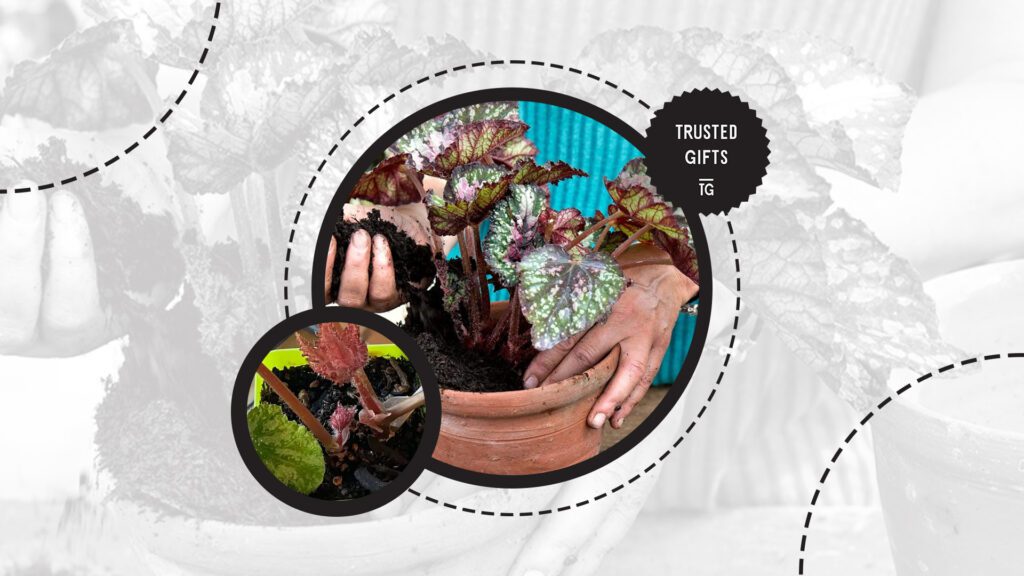

Fertilize your rex begonia once a month during spring and summer since they’re actively growing and would benefit greatly from the added fertilizer nutrients.
You can stop fertilizing it in winter as it won’t need extra nutrients. The plant will enter a dormant phase, and growth will be much slower (if it does even grow), so adding more nutrients can only do more damage than good.
How often should I prune my rex begonia?
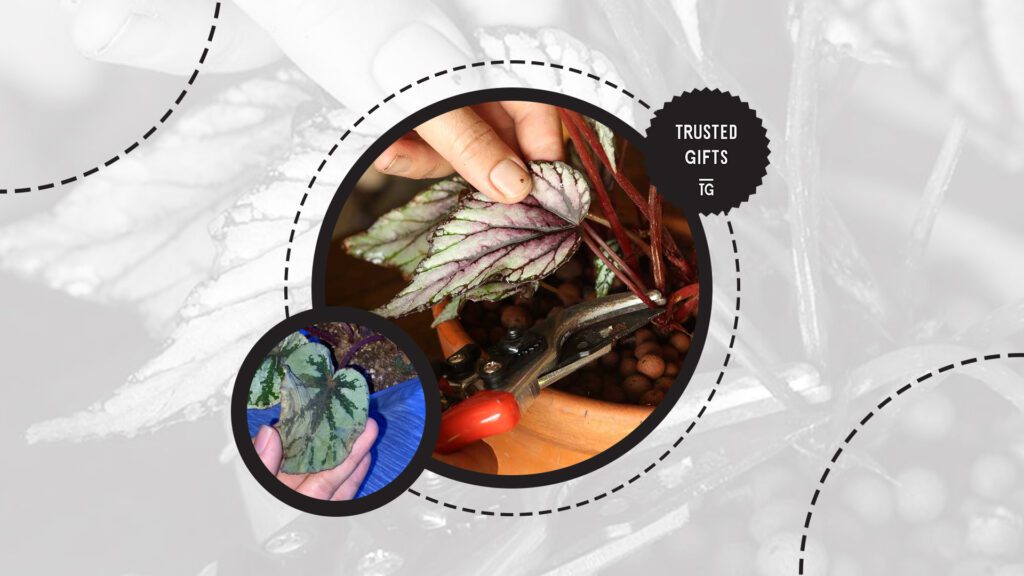


Rex begonia plants typically don’t need to be pruned since they aren’t really fast growers, nor do they grow extremely big. Only prune your begonia when you see dead leaves or if you want to maintain a certain shape.
When pruning, make sure not to cut more than one of the leaves’ length. Doing so can put too much stress on the plant and turn the remaining leaf yellow.
When should I repot my rex begonia?
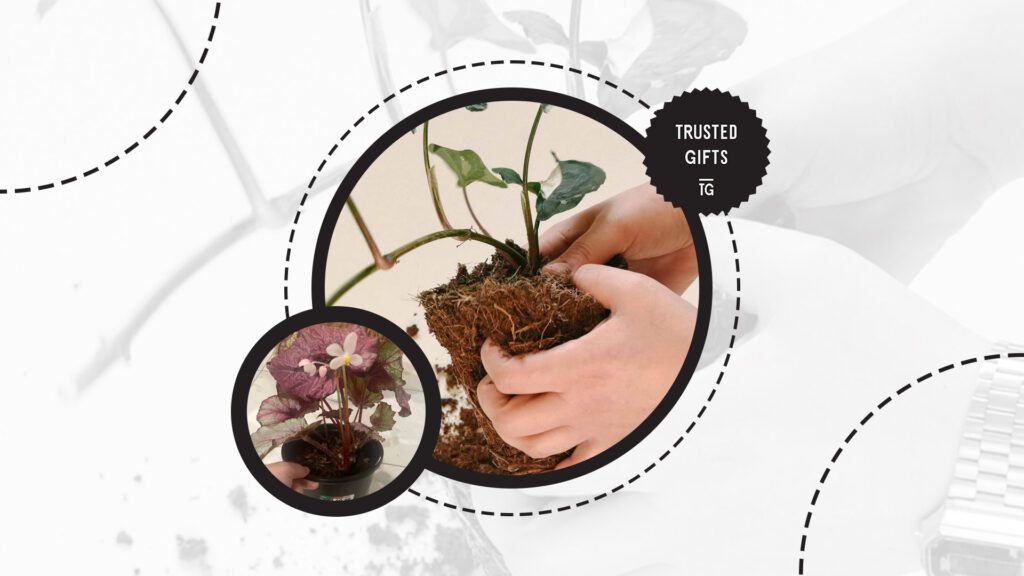

Repot your rex begonia once you see signs of root binding, such as roots circling the bottom of the pot or growing out of the drainage holes. This will usually be after one or two years of being planted.
As rhizomatous plants that grow from a shallow rhizome, they don’t like being rooted, and keeping them in that state for long can cause a lot of damage. Make sure the rhizome always has enough space to spread and grow.
How to Repot My Rex Begonia
Step 1: Prepare a bigger pot and a new potting mix
Choose a pot that’s about an inch or two wider than your rex begonia’s current pot. They love shallow pots, so it’s best to focus on the width of the pot rather than the height.
For the potting mix, you can buy well-draining mixes in the market and add perlite or follow the recipe we provided here.
Step 2: Fill up the new pot with potting mix
Fill the pot with a layer of potting mix, which will act as a barrier between the drainage holes and the rex begonia’s roots. If you notice any lumps in the soil mix, make sure to break them up.
Step 3: Pull your rex begonia out of its current pot
Squeeze the side of your pot to loosen up the soil inside, then gently pull out the rex begonia. Be careful not to damage the roots too much to prevent possible stress.
If you’re using a ceramic pot and can’t squeeze it, you can gently tap the sides of the pot.
Step 4: Plant the plant into the new pot
Position the rex begonia in the center of the new pot and fill the spaces around the sides with fresh potting mix. Gently but firmly press the soil around the plant to secure the plant in place and prevent it from falling.
Step 5: Water the rex begonia
Water your rex begonia after repotting to help the soil settle and ensure that the roots have good contact with the soil. This can also help alleviate any stress the plant suffered from the repotting process.
How to Successfully Propagate a Rex Begonia
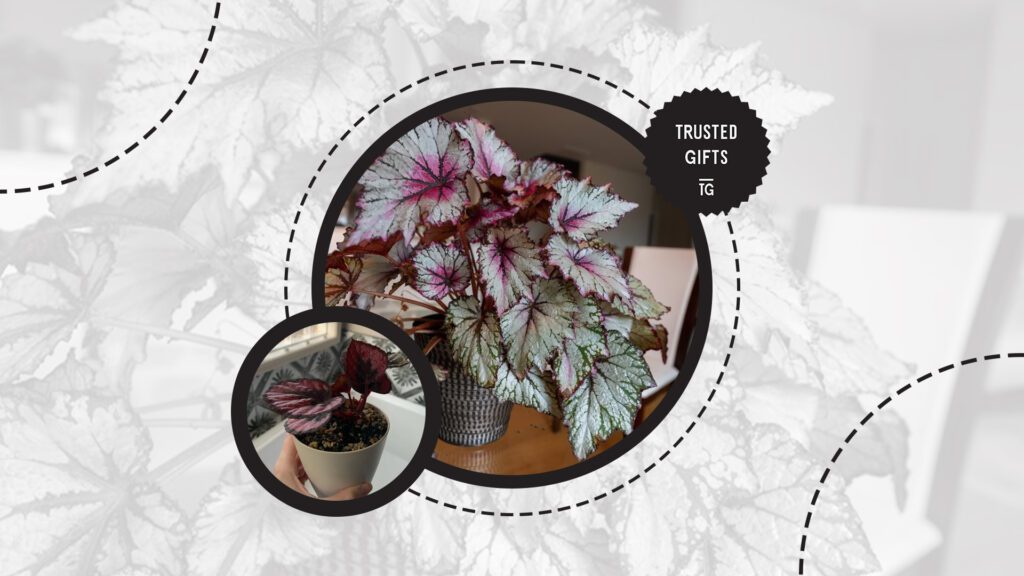

Rex begonia plants can be successfully propagated by planting a cutting, submerging a leaf stem into a jar of water, and planting a rex begonia rhizome.
How can you successfully propagate a rex begonia through leaf cutting?



Step 1: Cut a healthy leaf stem from a begonia rex plant
Choose a big, healthy leaf stem for better chances of rooting, then cut the stem as close as possible to the soil.
Step 2: Cut the leaf stem from the begonia rex leaf and expose the major leaf vein
Cut around the bottom of the leaf to remove the leaf stem and expose the veins. To know where to cut, turn the leaf and make the first cut about half an inch away from the bottom of the leaf, then drag the knife across the five largest veins of the leaf.
Don’t throw away the cut leaf stem because you can still use it to propagate more rex begonia plants.
Step 3: Prepare a small pot for the cutting
Fill a small pot with a potting mix that’s suitable for rex begonia. The pot will only accommodate one leaf cutting, so keep it as small as possible.
Step 4: Plant the leaf-cutting
Fold the leaf cutting a bit to form a cone-like structure, then insert it into the soil. The cut part should be the one buried, as the veins must make contact with the soil.
You can also just pin the begonia leaf on top of the soil, with the veins touching the soil. Just make sure that the needles you use to pin the leaf on the soil won’t hit any of the major veins in the leaf.
As for the cut leaf stem, cut the stem in half and plant the part with a bit of leaf into the soil. You can plant multiple leaf stems in the same pot.
Step 5: Cover the cuttings with a plastic bag
Place a clear plastic bag over the pot to keep the humidity around the cuttings high. Make sure that the plastic bag isn’t touching the leaf, as it can result in fungal infection.
Mist the cuttings daily to ensure the humidity inside the plastic bag remains high.
Step 6: Move the cuttings to a warm and bright location
Place the pots somewhere it can receive plenty of bright, indirect light. Avoid places that get too hot or receive direct sunlight, as it can overheat the cuttings and prevent them from developing roots.
How can you successfully propagate a rex begonia from rhizomes?
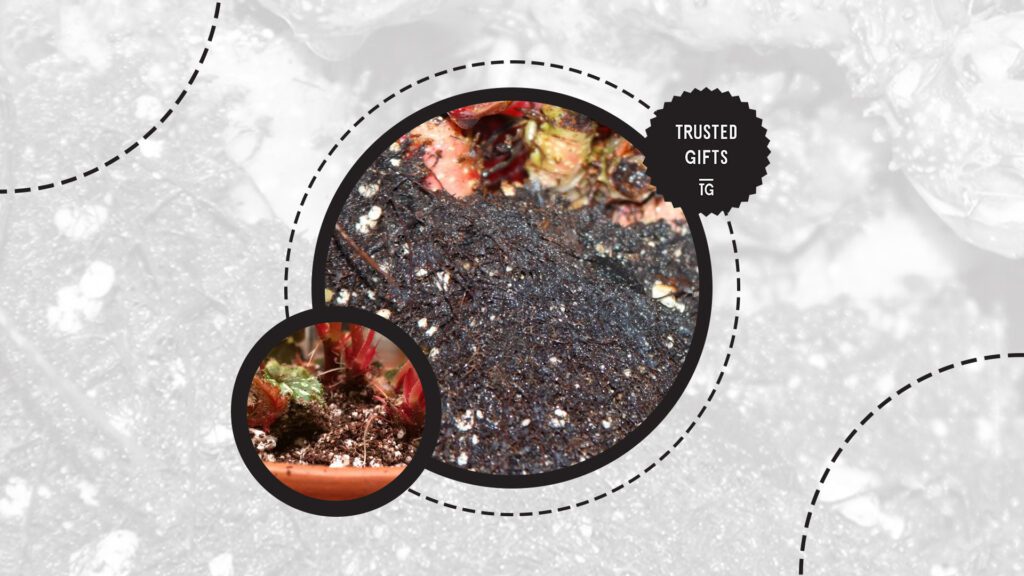

Step 1: Take the rex begonia plant out of its pot
Gently squeeze the sides of the pot and pull out the rex begonia. You can also gently shake off the soil to get a better view of the rhizome, which is the underground stem that grows horizontally on the soil.
Step 2: Divide the rhizome into smaller pieces
Once you have a good view of the rhizome, cut it into smaller pieces using a clean pair of scissors. Keep the pieces as small as four centimeters to propagate more.
When cutting the rhizome, make sure that each piece gets a good amount of roots to increase the chances of the propagation process being successful.
Step 3: Prepare a propagating tray or small pots for the rhizomes
Fill up a propagating tray or a few small pots with fresh potting mix. Rhizomes are not very fussy with soil mix, so the ones you get from the market should be fine even without many adjustments.
Step 4: Plant the rhizomes
Insert the rhizomes into the soil, with the roots buried deep. Press them gently into the soil to ensure good contact between the rhizome and the soil.
Step 5: Water the rhizomes and cover them with a dome or plastic cover
Water the planted rhizomes thoroughly to settle the soil around them. It’s important to keep the soil consistently moist and the humidity high, so cover the pot with a clear plastic bag or a propagation dome.
Step 6: Keep the rhizomes warm and provide them with bright light
Similar to leaf cuttings, rhizomes will root better when placed in a warm location that receives plenty of bright, indirect light.
How can you successfully propagate a rex begonia in water?
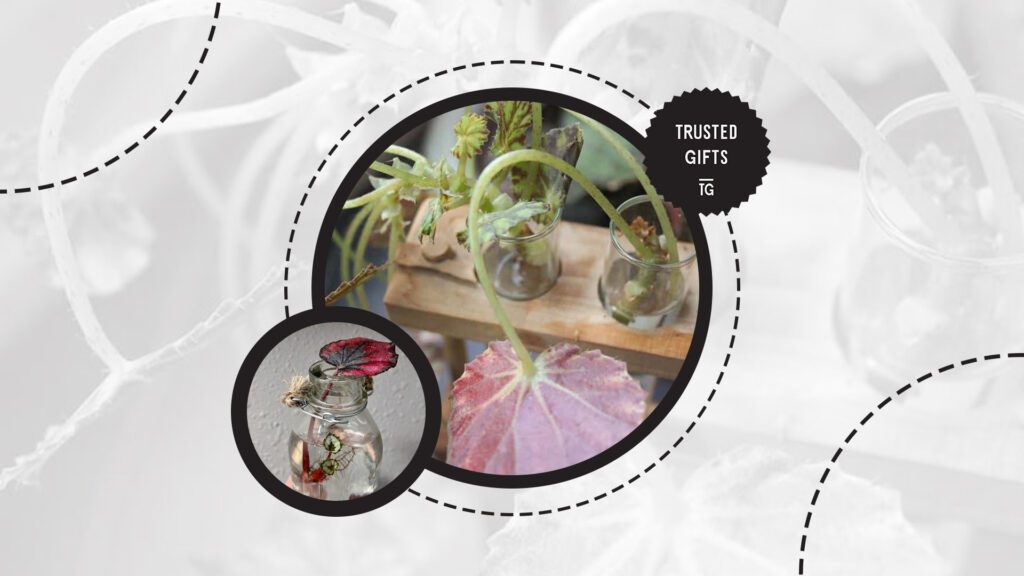

Step 1: Select a healthy leaf stem for cutting
Cut a 4 to 6-inch section of a leaf stem using sharp, clean scissors. It’s crucial to choose a mature, healthy stem from your rex begonia to make the propagation process successful.
Step 2: Dip the cut stem into a rooting hormone
If you have rooting hormone at home, dip the leaf stem into it. This can help the stem develop roots much faster.
If you don’t have a rooting hormone, don’t worry because the propagation process will still be successful. It will just take time, but the stem cutting will still develop roots if given proper care.
Step 3: Place the cutting in a clear glass filled with water
Fill a clear jar with clean, room-temperature water, and then place the stem cutting into it. Submerge the cut end into the water, as this is where the roots will emerge.
Step 4: Provide the stem with plenty of bright, indirect light
Place the jar in a bright location with plenty of indirect light. Keep it away from your south or west-facing windows, as these tend to get really hot because of the amount of direct sunlight they receive.
Step 5: Change the water every few days
Don’t forget to change the water every few days to prevent bacteria from growing and damaging your stem cutting. If you can change the water every day, that would be better.
Step 6: Transplant the stem cutting into a pot
Once the roots are already a few inches long, you can transplant the stem cutting into the soil. Use a well-draining and nutrient-rich soil mix to help the new plant thrive.
Common Problems with Rex Begonia Plants
Wilting Leaves
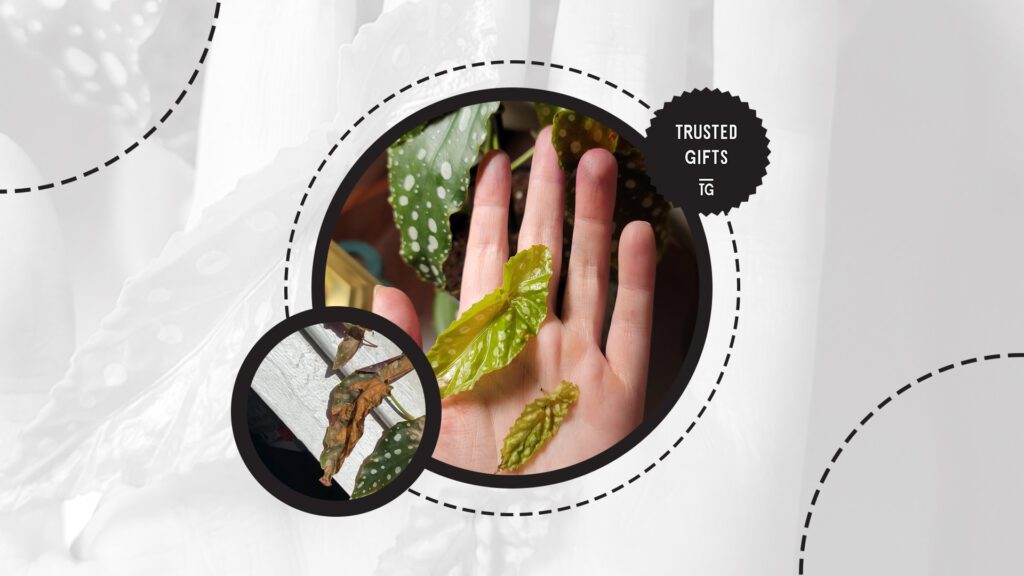

One of the most common problems with rex begonia plants that leave plant owners in distress is wilting leaves, especially since the plants are loved for their vibrant foliage.
This problem can be caused by several issues, but it’s mostly because of overwatering and root rot. It can be easy for rex begonia plants to suffer from overwatering, which suffocates the root and prevents it from supplying the leaves with nutrients.
Another possible reason for this is underwatering. Some plant owners are too afraid of overwatering their plants, which results in the plants not getting enough water to support their leaves’ growth.
How to Fix Wilting Leaves
If the soil remains consistently wet and the leaves are also turning yellow before falling, then you’re probably overwatering your rex begonia. Let the soil dry out first before watering the plant again.
To fix wilting leaves, first check the roots to see if they are already rotting.
In case of severe root rot, repot the rex begonia and trim away any rotten roots.
If the soil is dry and the leaves are turning brown and crispy, the wilting is probably because you’re not watering the plant enough.
Water it thoroughly until you see water dripping out of the drainage holes.
Pest Infestation


Pest infestation might just be the worst problem you can face with your rex begonia. Not only does this threaten your rex begonia’s health, but it also threatens the health of all the other plants in your home.
Common pests that can ruin your rex begonia include aphids, mealybugs, and spider mites. These pests are visible to the naked eye, so you can immediately tell if your plant is already infested.
How to Fix Pest Infestation
To fix pest infestation in your rex begonia, isolate it from your other plants to prevent the pests from spreading.
Cut the heavily infested leaves, as you can no longer save them. Focus your energy on saving the other leaves using cotton swabs dipped in alcohol.
Once you’ve removed the pests from your rex begonia, apply neem oil to eliminate the eggs or the ones you couldn’t remove. You might have to do this a couple of times before you can bring the plant back to its original place.




